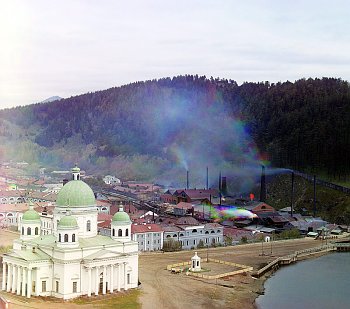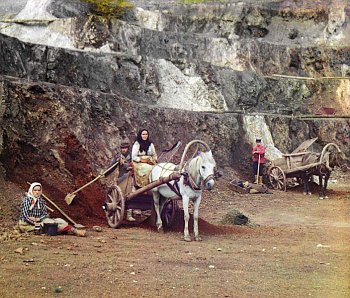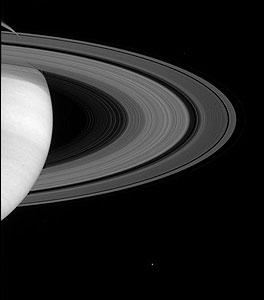Photos
Fascinating colour photographs taken by Sergei Mikhailovich Prokudin-Gorskii between 1905 and 1915. See Laputan Logic for more.

Pour nous, les enfants de la deuxième moitié ou du troisième tiers du vingtième siècle, le passé, celui d’avant notre naissance, est en noir et blanc. La première guerre mondiale, les premières grandes usines, les mineurs dickensiens … et donc par extension les rues (boueuses), bâtiments, et même les champs et paysages. Finalement, la photographie en noir et blanc résonne très bien avec une idée d’un monde dépassé, nécessairement rétrograde, loin des progrès technologiques de notre ère. Comment aurait-il pu avoir un visage comparable à la notre ?
La photo en haut à gauche a été prise en 1910. Il montre un bout de la ville industrielle à l’époque apellée Zlatoust, dans l’Oural. C’est une ville célèbre pour ses industries de l’armement (y compris des armes nucléaires, plus tard) et pour être la ville natale de Anatoly Karpov. Ce n’est pas une photo en noir et blanc coloriée, mais une vraie photo couleur, certes restaurée à l’aide des outils numériques. Le photographe est Sergei Mikhailovich Prokudin-Gorskii (1863-1944), qui parcoura l’empire du Tzar afin de mener à bien son vaste projet de documentation photographique.
C’est le site (en anglais, fascinant) Laputan Logic qui raconte cette histoire extraordinaire et donne accès vers des collections époustouflantes. Fuyant les révolutionnaires russes, Prokudin-Gorskii s’est exilé aux États-Unis (sans les plus politiques des ses photos, malheureusement, mais avec 2000 paquets de triples plaques en verre). En 1948, la bibilothèque du Congrès américain a acheté ses archives. Depuis 2001 et son exposition virtuelle remarquable et remarquée, ils les ont mis en ligne. Et une flopée d’internautes et infographes s’essaye à leur restauration.

Crédits photos/ réstauration : Alex Gridenko (haut), Library of Congress (bas)
Related posts: Saturn's rings, Petition: Imprimerie nationale


